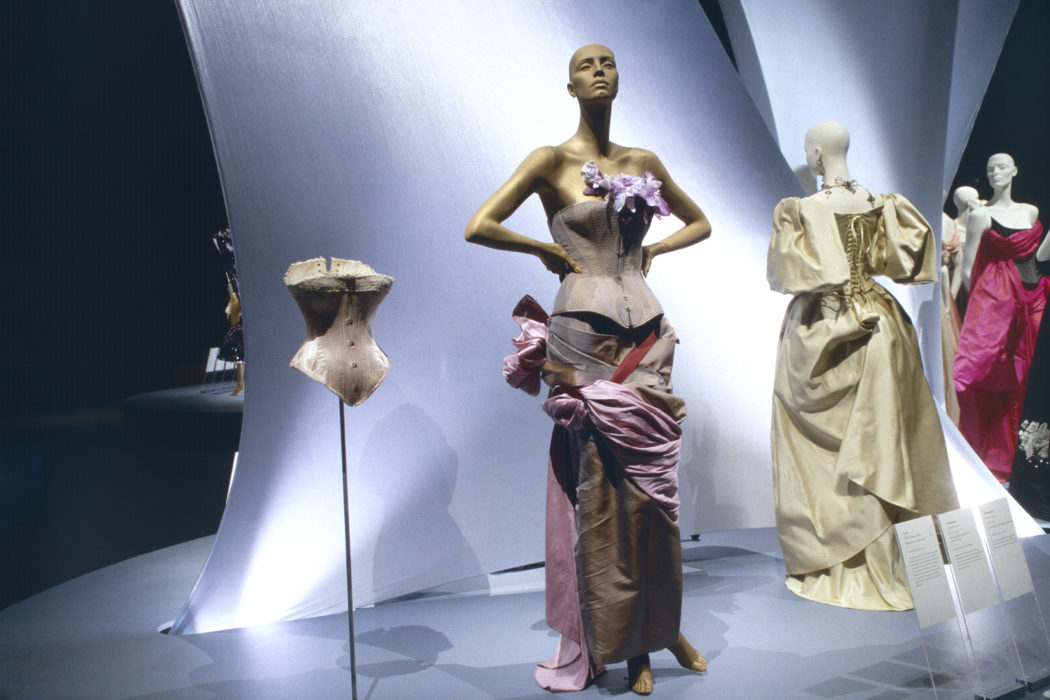


One popular line of mass-produced corsets in the 1880s was the “Pretty Housemaid” model.įetishists aside, gentlemen of the 19th century did not strap their women into corsets in order to titillate their erotic fancies, as some conspiracy theorists would have us believe. Practically compulsory for women of aristocratic birth, corsets were also adopted by working women who aspired toward similar ideals of fashion. Though commonly associated with Victorian upper-class matrons, corsets originated much earlier, in the 16th century, and by the 19th had become a hallmark of fashion for women of nearly all classes. Steele thumbed through early medical journals for accounts of corset-induced casualties and trekked to the Smithsonian Institute to examine its collection of female skeletons with rib deformities. Lynn Kutsche to investigate the havoc wreaked by tight-laced corsets on women, from the late Renaissance Madonna Catherine de Medici to the more modern Material Girl. Chief curator at the Fashion Institute of Technology in New York, Steele teamed up with cardiologist Dr. In her hands, the history of fashion is treated as a study of the intersection of beauty ideals with new technologies that enable them. No Victoria’s Secret bimbo, Steele is serious about her subject.

In The Corset: A Cultural History, Valerie Steele lays waste to that doctrine by documenting the extent to which women, not men, have historically policed the ideals of femininity, often in spite of the objections of bewildered men. Third-wave feminists waving copies of Naomi Wolf’s The Beauty Myth once proclaimed that men had hatched an ominous conspiracy to trick women into pursuing an impossible beauty ideal rather than real social progress.


 0 kommentar(er)
0 kommentar(er)
